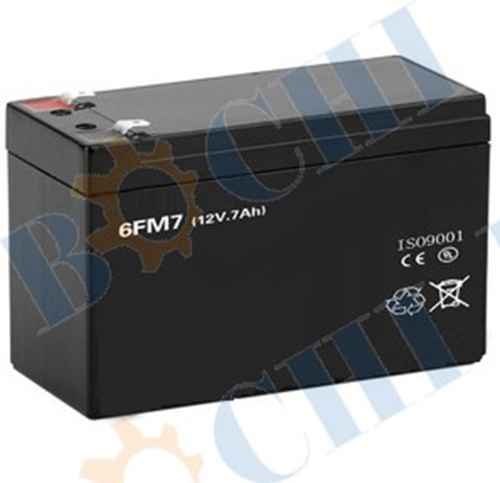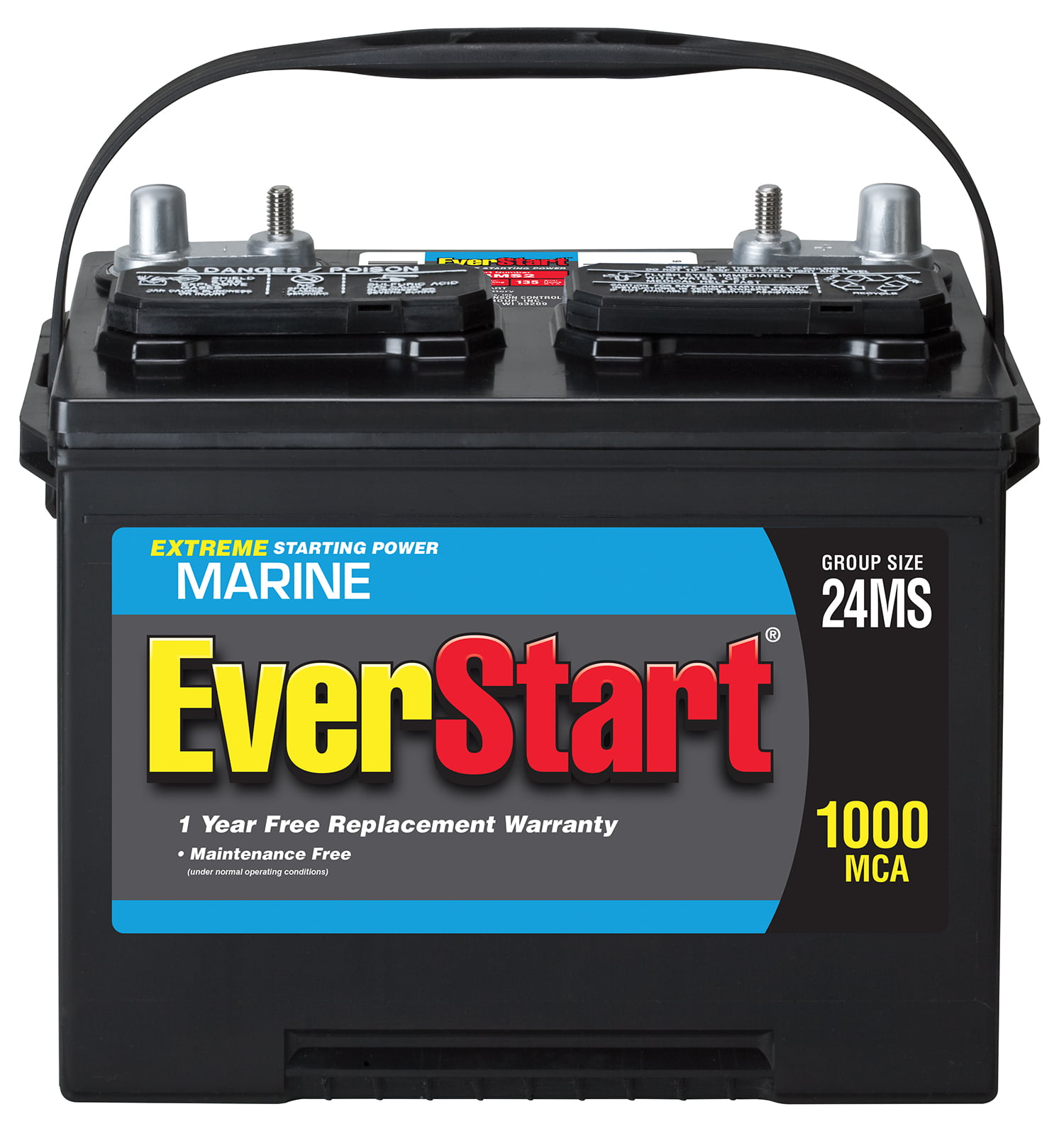

What Are Ampere Hours (Ah)?īattery measurements are commonly written out in units of ampere-hours (Ah), and milliampere hours (mAh), which represent 1/1000 Ah. Conversely, if you have the Ah ratings on your battery, you can calculate the CCA measurement to determine how suitable your battery is for cranking your engine in cold temperatures. Understanding your rate of use and your voltage level will help you make the right battery choices, even if you only have the CCA figures. For instance, if your battery is marked with a 1450 CCA, it represents 200 Ah.Ī battery of this rating should last for 25 hours while producing power of 8 amps. But for a rule of thumb, you can divide the CCA by 7.25 to get the calculated Ah. It is important to understand the difference between the two and choose a battery with the appropriate rating for your specific needs.There is no way to convert CCA to Ah directly because there is no correlation between them. In conclusion, MCA is a rating that measures a battery’s starting power in mild to moderate weather conditions, while CCA measures a battery’s starting power in cold weather. However, if you are using the battery in mild to moderate weather conditions, a higher MCA rating would be more important.

So, if you live in an area with harsh winters or drive a vehicle that requires a lot of power to start, a battery with a high CCA rating would be a better choice. Is a battery with more CCA better?Īs mentioned earlier, a higher CCA rating means better performance in cold weather. This rating is higher than the 750 MCA rating and is a good indicator of a battery’s starting power in mild to moderate weather conditions. What does 1000 MCA mean on a marine battery?Ī marine battery with a 1000 MCA rating can deliver 1000 amps for 30 seconds at 32☏ before the voltage drops below 7.2 volts. This rating is typically found on marine batteries and is a good indicator of the battery’s starting power in mild to moderate weather conditions. If you come across a battery with a 750 MCA rating, it means that the battery can deliver 750 amps for 30 seconds at 32☏ before the voltage drops below 7.2 volts. While a battery with a high CCA rating will also have a high MCA rating, the opposite is not always true. It is important to note that MCA is not the same as CCA and should not be used interchangeably. This rating is used to measure a battery’s starting power in mild to moderate weather conditions, typically between 32☏ and 80☏. MCA, on the other hand, stands for Marine Cranking Amps. The higher the CCA, the better the battery’s performance in cold weather.

CCA stands for Cold Cranking Amps, which is a measure of a battery’s ability to start an engine in cold temperatures. What is the difference between MCA and CCA in batteries?īefore we dive into MCA, let’s first understand what CCA means. But what does MCA mean on a battery? And how does it differ from CCA? In this article, we will break down the meaning of MCA and its importance in determining a battery’s performance. If you’re in the market for a new battery or just curious about the specifications of your current one, you’ve probably come across the acronym MCA.


 0 kommentar(er)
0 kommentar(er)
